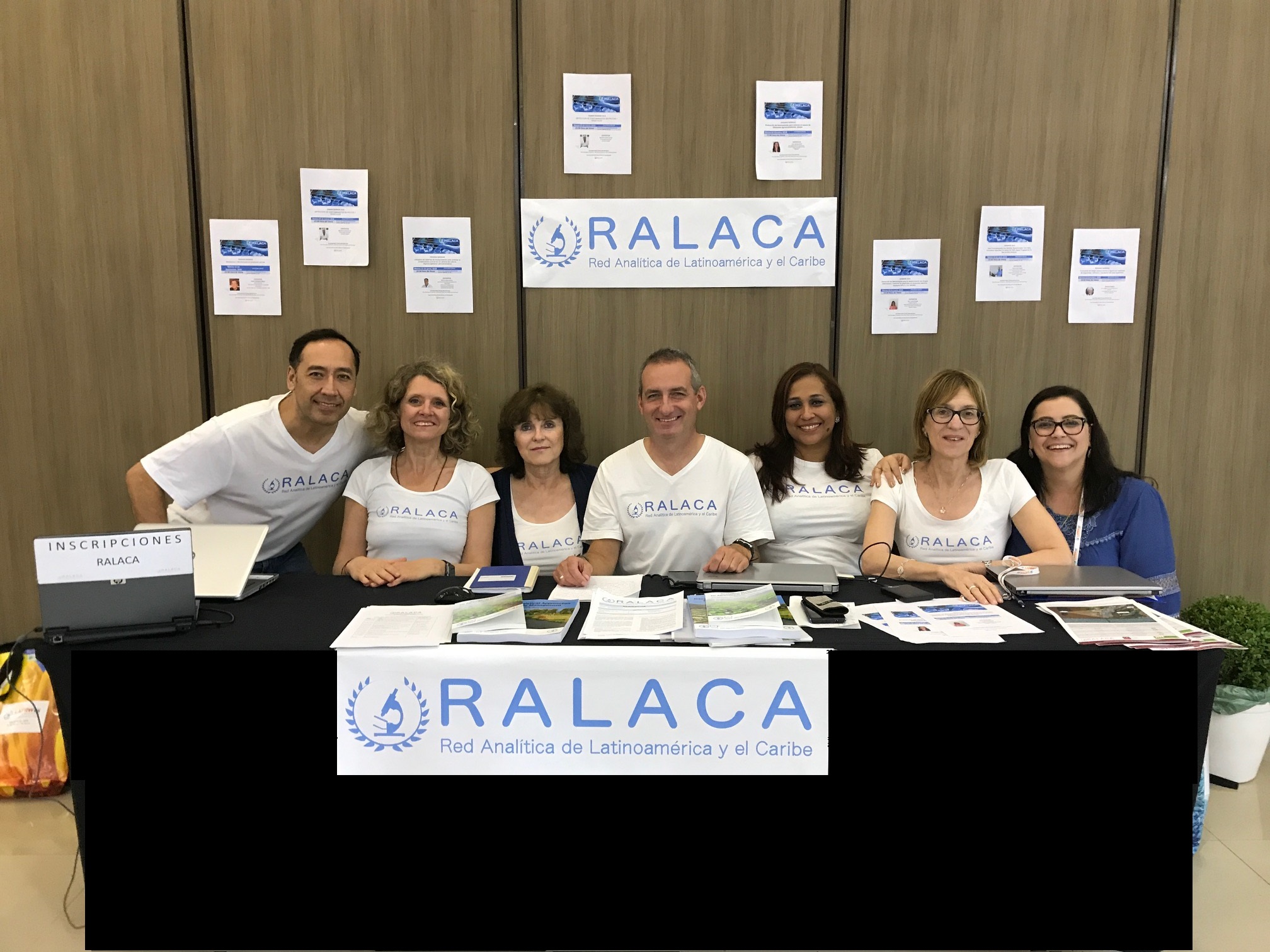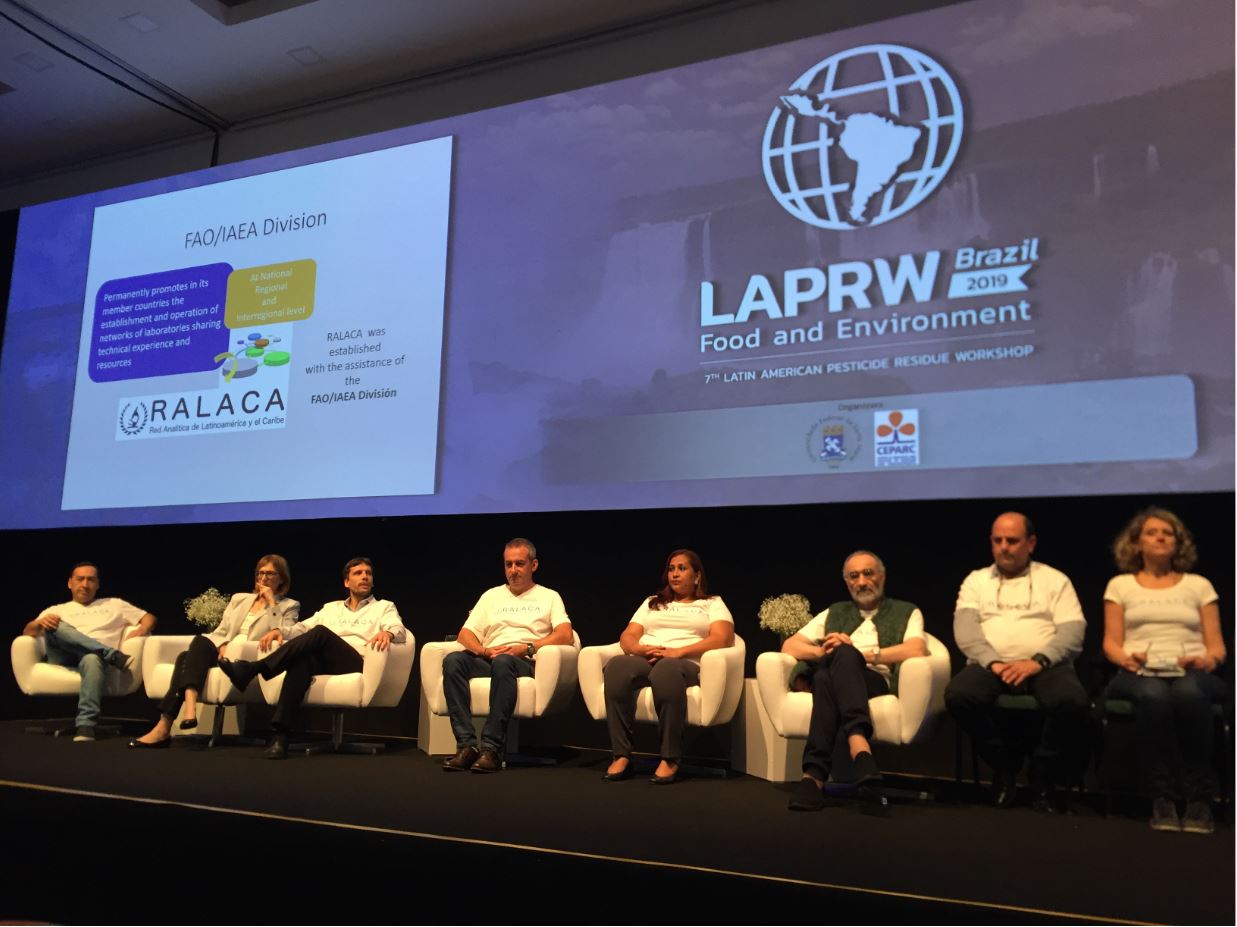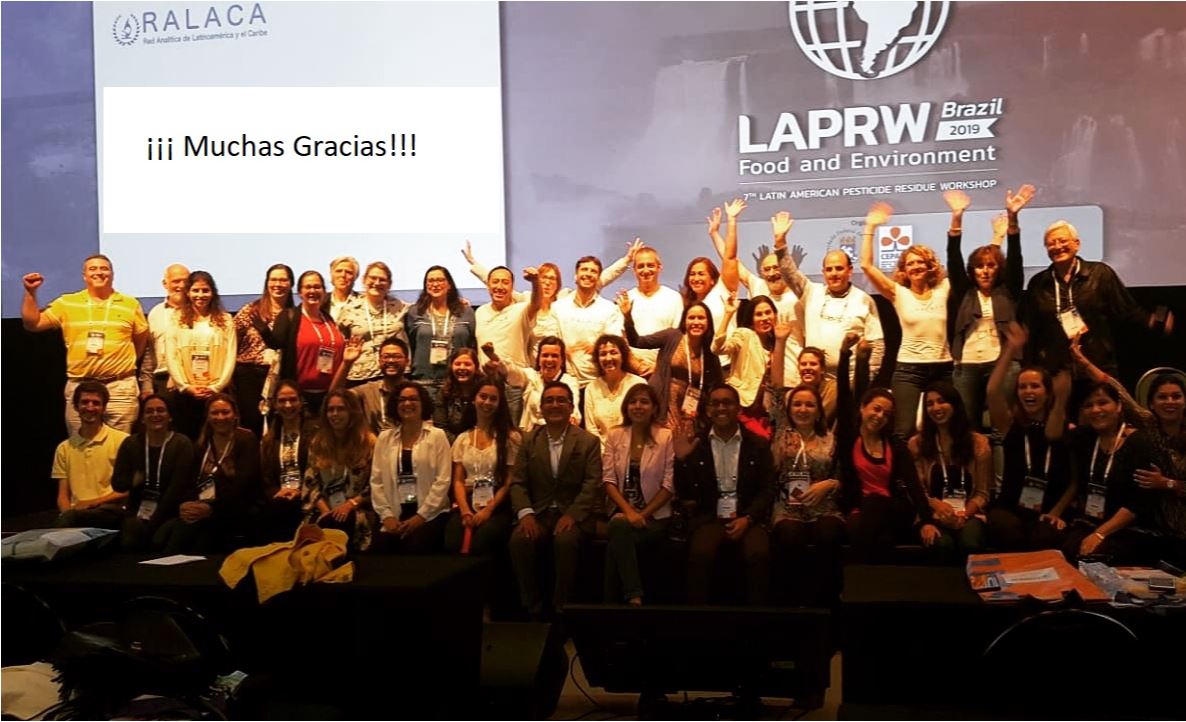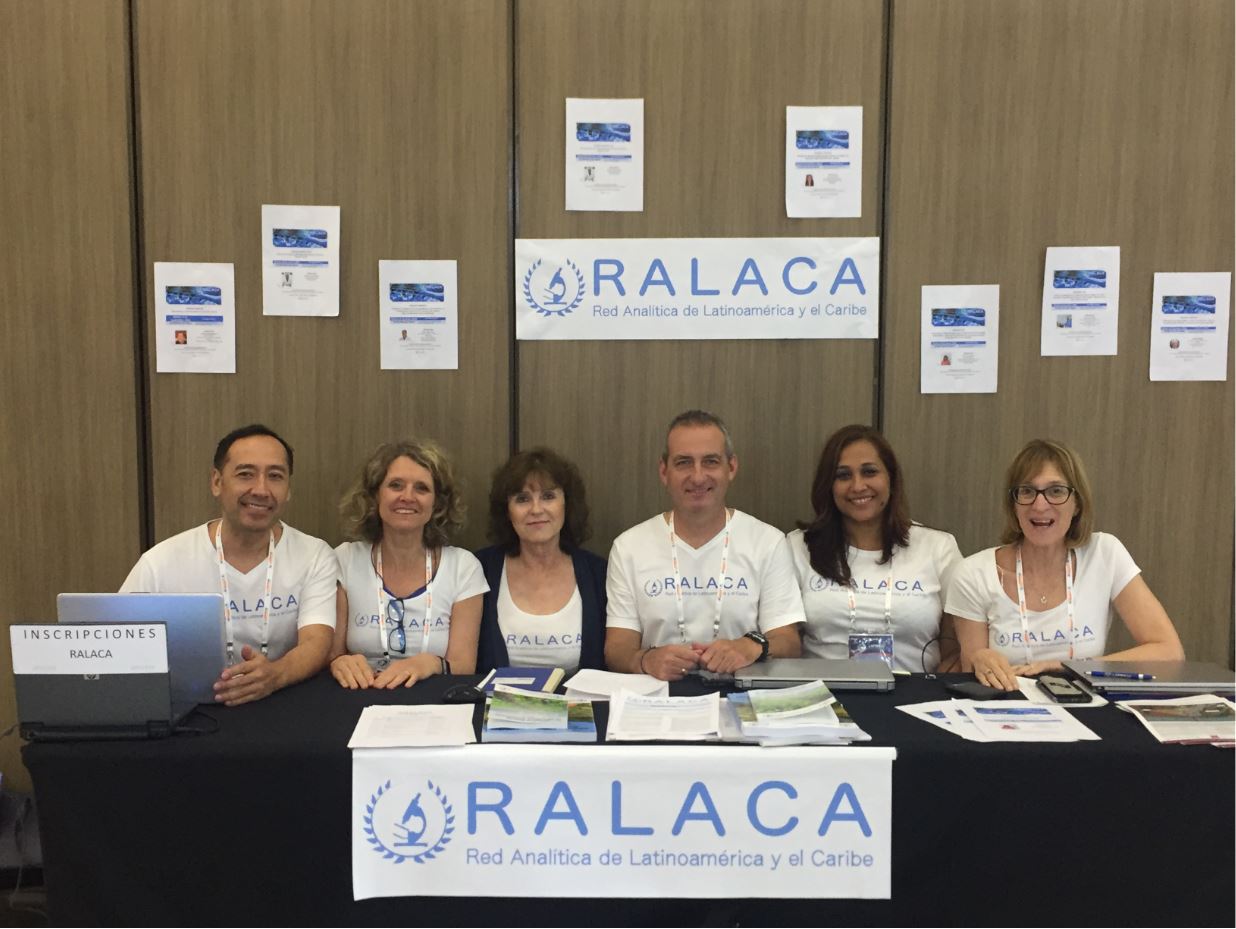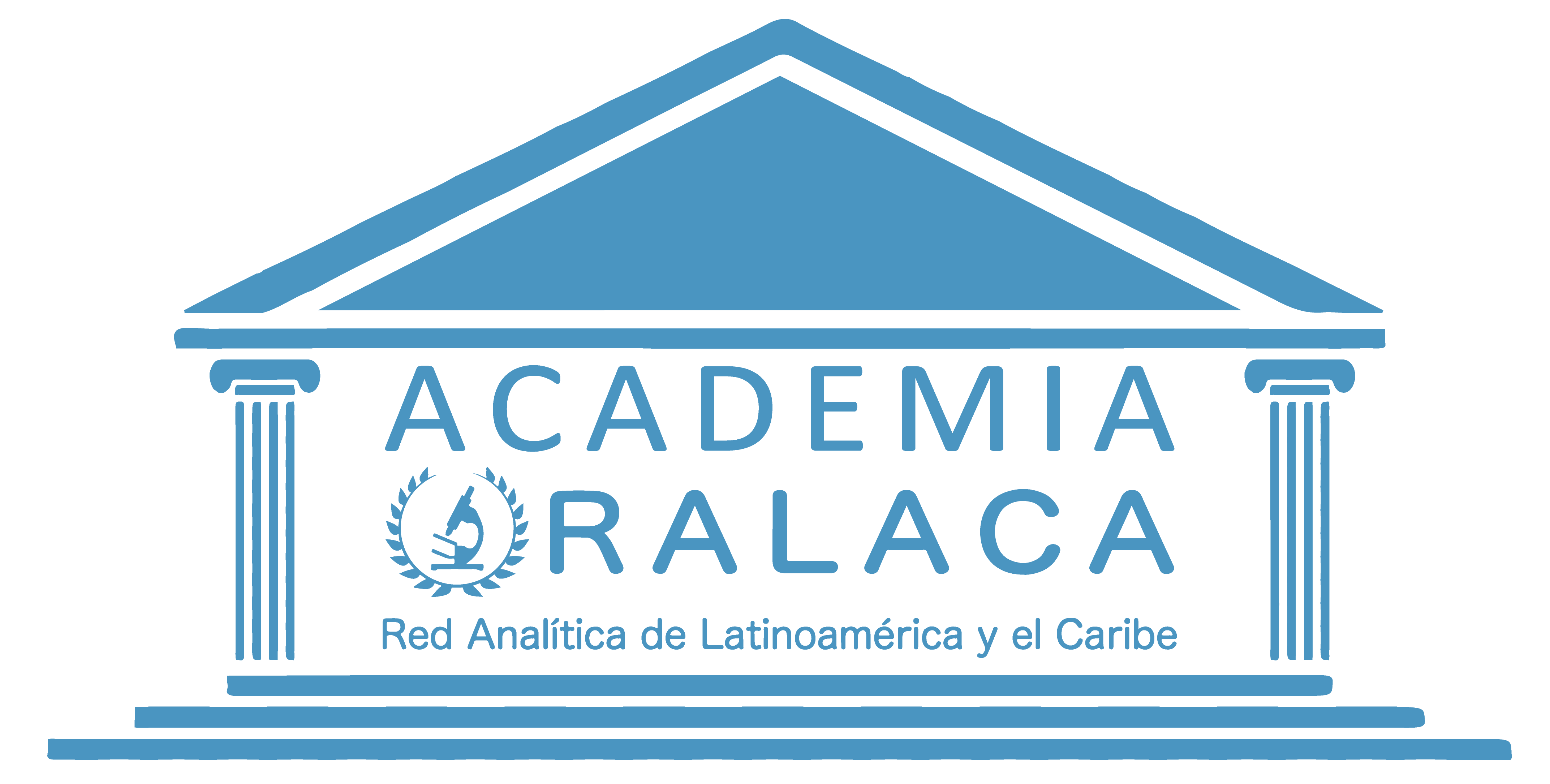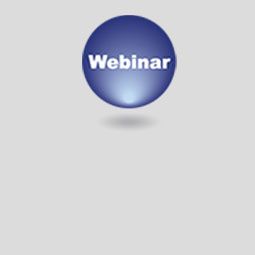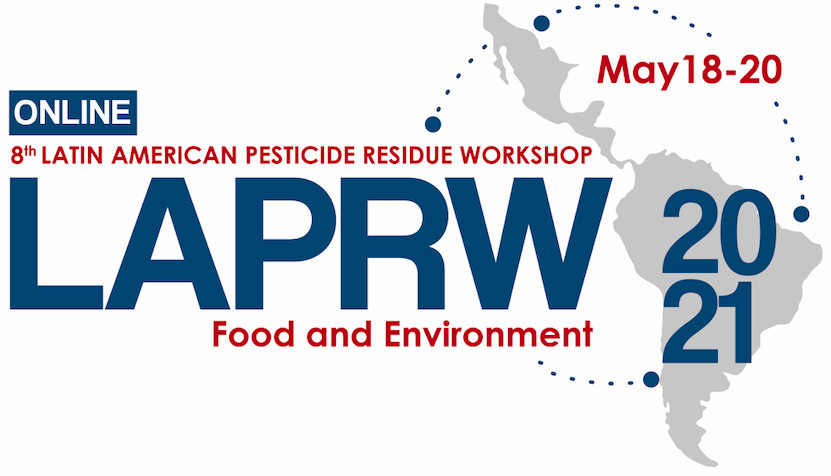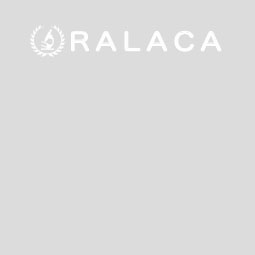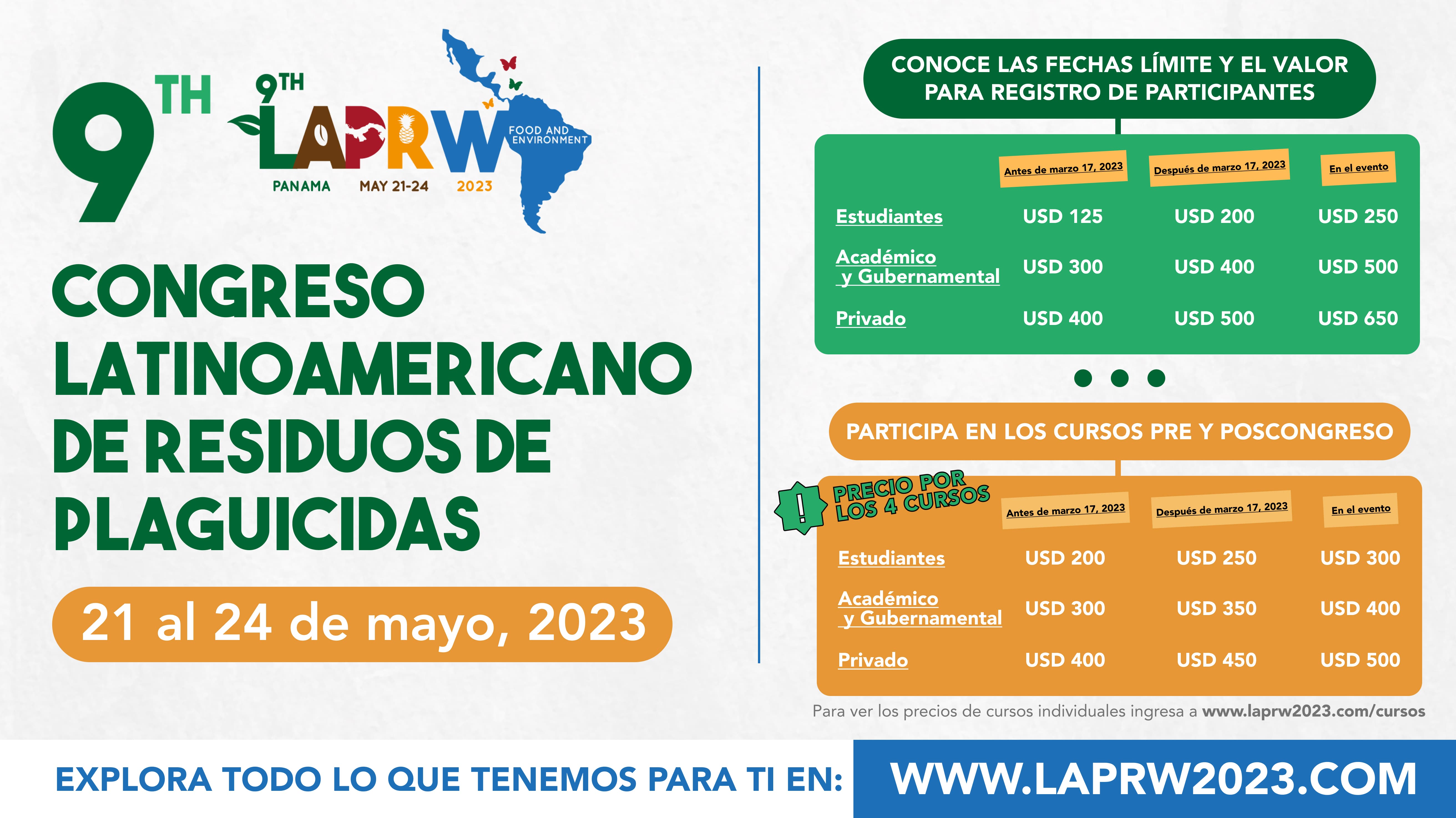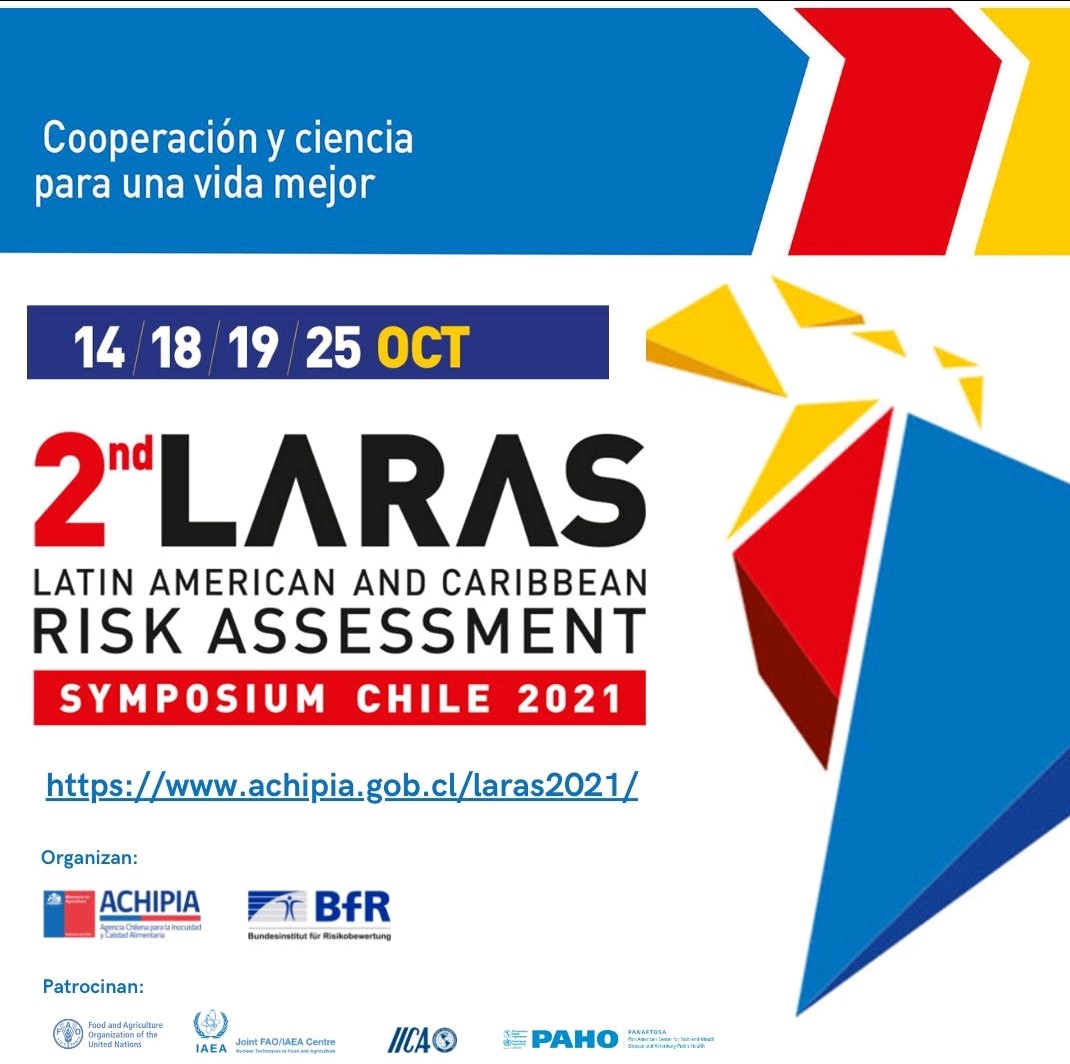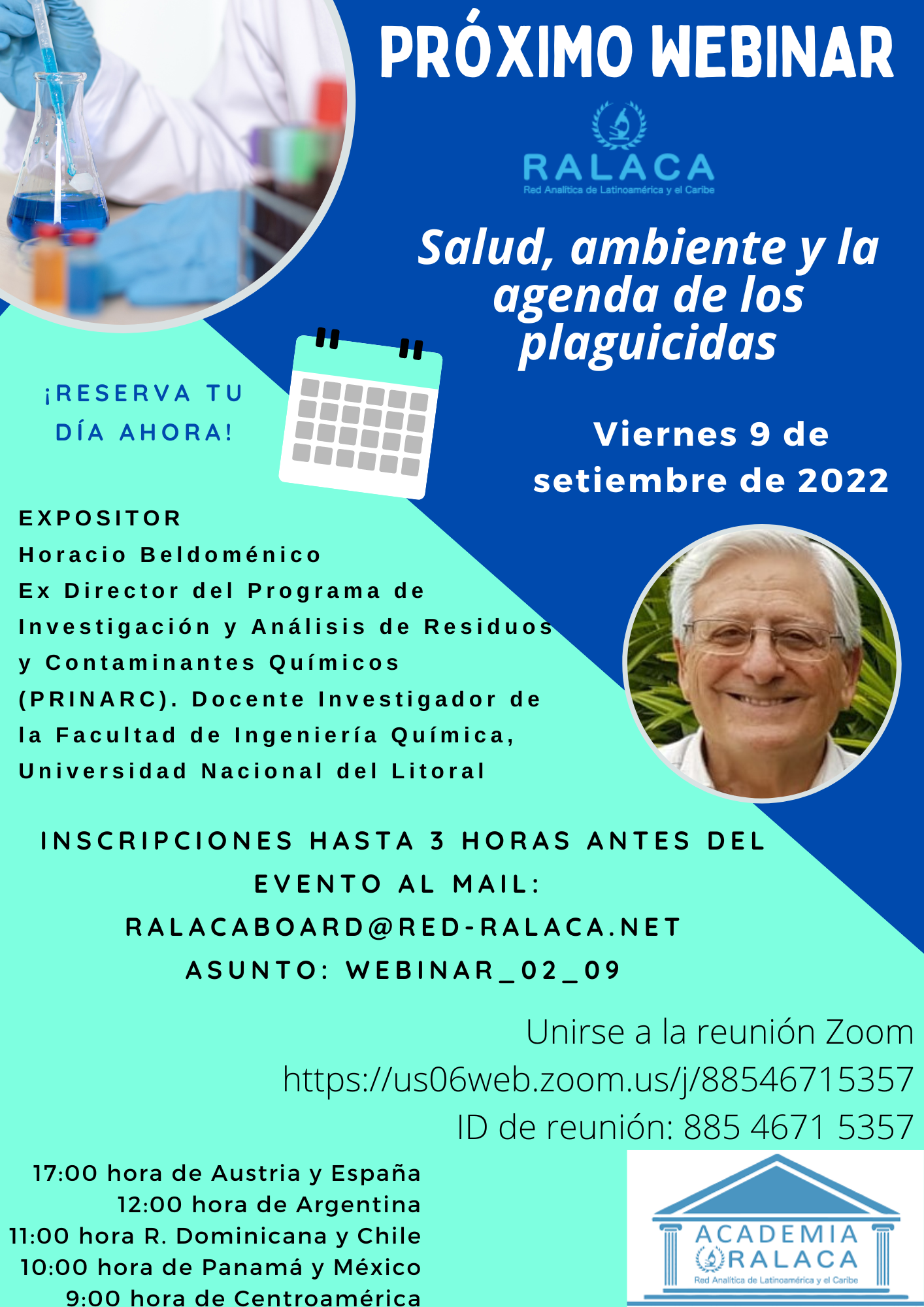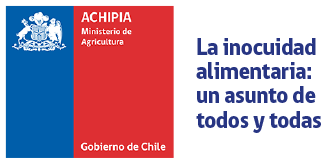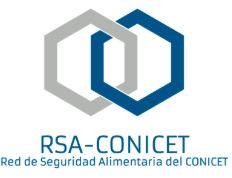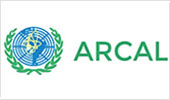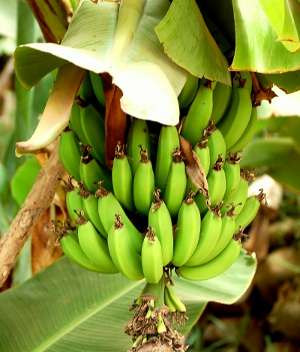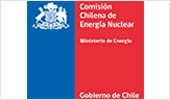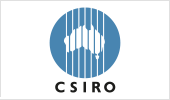|
Laboratorio de Control de Calidad San Jose |
|
|
Contact person in the laboratory: |
Karen Araujo |
|
Email of contact person: |
This email address is being protected from spambots. You need JavaScript enabled to view it. |
|
Mandate of the Laboratory: |
|
|
Role in the farm-to-fork chain: |
|
|
National Reference Laboratory: |
|
|
Type of contaminants analysed: |
|
|
Matrices analysed: |
|
|
Combination matrices and contaminants |
|
|
Description of validated method used: |
|
|
Laboratory accredited according to |
No |
|
Provision of interpretation of residue |
|
|
Laboratory certified according to GLP: |
No |
|
Is laboratory available for research and |
|
|
Is the laboratory available for quality auditing services within RALACA when funding becomes available? |
|
|
Is the laboratory available for expert missions within RALACA when funding becomes available? |
|
|
Is the laboratory available for ad hoc on- site training when funding becomes available? |
|
|
Is the laboratory available for ad hoc |
|
|
Is the laboratory available for preparation of ad hoc reference materials when projects/funding becomes available? |
|
|
Is the laboratory available for organization and distribution of ad hoc proficiency testing/collaborative trials when projects/funding becomes available? |
|
|
|
|
|
Contact person in the laboratory: |
Farida Salgado Aguilar |
|
Email of contact person: |
This email address is being protected from spambots. You need JavaScript enabled to view it. |
|
Mandate of the Laboratory: |
Laboratorio Oficial de Referencia de Residuos químicos. |
|
Role in the farm-to-fork chain: |
Realizamos los análisis para el producto |
|
National Reference Laboratory: |
Si, somos uno de los Laboratorios Oficiales del Estado. |
|
Type of contaminants analysed: |
Plaguicidas, Antibióticos, Metales Pesados, Medicamentos Veterinarios, Hormonas Sintéticas, Aflatoxinas, Histamina. |
|
Matrices analysed: |
Carnicos Agua Pesca, Acuicola Piensos Frutas y Vegetales Suelos |
|
Combination matrices and contaminants |
Carnicos: Plaguicidas, Antibioticos, Metales Pesados, Medicamentos Veterinarios, Hormonas Sinteticas. |
|
Description of validated method used: |
Metales Pesados : Plomo, cadmio, mercurio, hierro, manganeso, cobre, zinc. |
|
Laboratory accredited according to |
Metales Pesados : Plomo, cadmio, mercurio, hierro, manganeso, cobre, zinc. |
|
Provision of interpretation of residue |
No |
|
Laboratory certified according to GLP: |
No |
|
CENTRO DE ESTUDIOS Y CONTROL DE CONTAMINANTES (CESCCO)
|
|
|
Contact person: |
Víctor Manuel Melendez |
|
E-Mail: |
This email address is being protected from spambots. You need JavaScript enabled to view it. |
|
Mandate of the Laboratory: |
Generate, guide and disseminate knowledge about the |
|
Role in the farm-to-fork chain: |
CESCCO is an environmental laboratory. |
|
National Reference Laboratory: |
Yes, in environmental field. |
|
Type of contaminants analysed: |
Pesticides, residues and heavy metals |
|
Matrices analysed: |
Drinking water, fresh water, sewage water, soil, sediment |
|
Combination matrices and |
Organochlorine pesticides in Drinking water, fresh water, Drinking water, fresh water, sewage water, recreational |
|
Description of validated method used: |
Organochlorine pesticides in water |
|
Laboratory accredited according to |
No |
|
Provision of interpretation of residue |
The results are provided with a comparison of national or |
|
Laboratory certified according to GLP: |
No |
|
Is laboratory available for research and |
Yes, depending on availability of funds. |
|
Is the laboratory available for quality |
Yes, dpending on availability of funds. |
|
Is the laboratory available for expert |
Yes, depending on availability of funds. |
|
Is the laboratory available for ad hoc on- |
Yes, depending on availability of funds. |
|
Is the laboratory available for ad hoc |
Yes, depending on availability of funds and technology. |
|
Is the laboratory available for |
Yes, depending on availability of funds and projects. |
|
Is the laboratory available for |
Yes, depending on availability of funds and projects. |
 Honduras
Honduras
|
Partnes from Honduras |
||
|
Partner |
Institution |
Contact |
|
Ana Carolina Castillo Navarro |
Secretaria de Recursos Naturales y Ambiente (MIAMBIENTE) |
This email address is being protected from spambots. You need JavaScript enabled to view it. |
|
Olinda rubio Flores |
SENASA |
This email address is being protected from spambots. You need JavaScript enabled to view it. |
|
Erika Waleska Ochoa Pineda |
Servicio Nacional de Sanidad e Inocuidad Agroalimentaria (SENASA) |
This email address is being protected from spambots. You need JavaScript enabled to view it. |
|
Farida Ines Salgado Aguilar |
LANAR |
This email address is being protected from spambots. You need JavaScript enabled to view it. |
|
Maria Eugenia Sevilla Mendoza |
SENASA |
This email address is being protected from spambots. You need JavaScript enabled to view it. |
 Vienna, Austria
Vienna, Austria 

